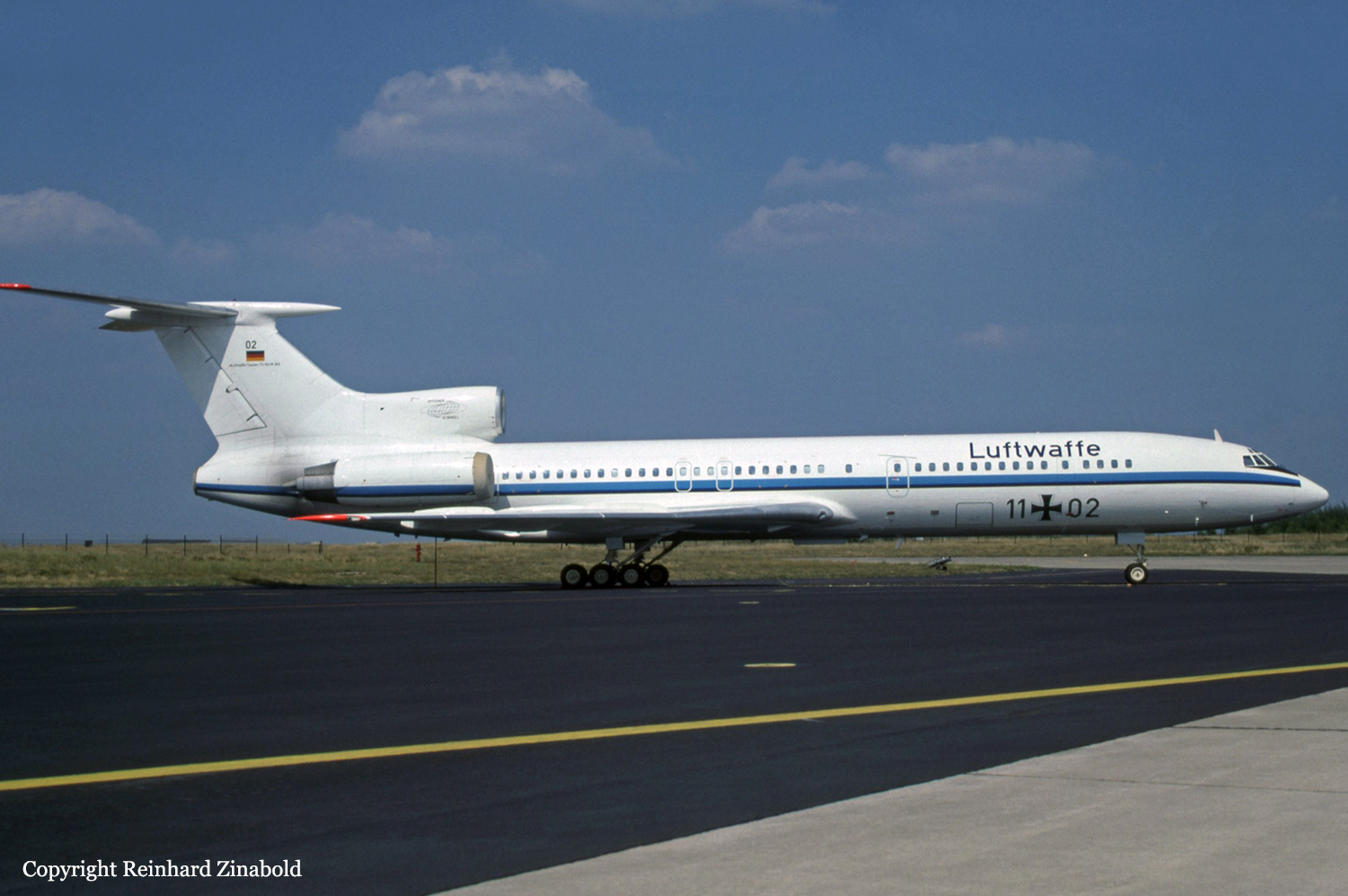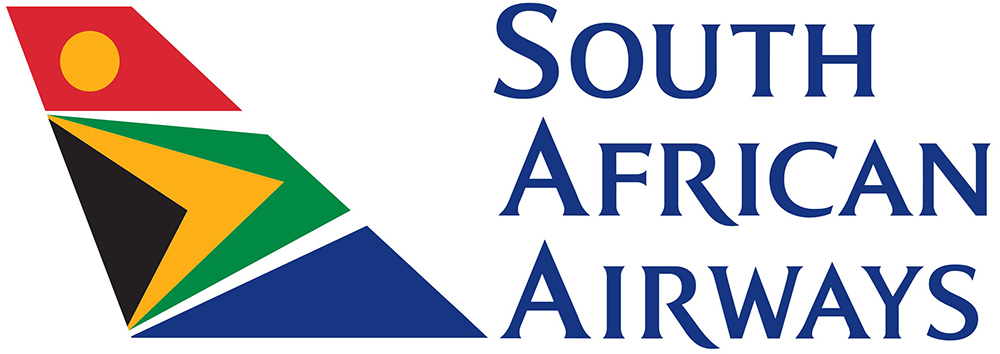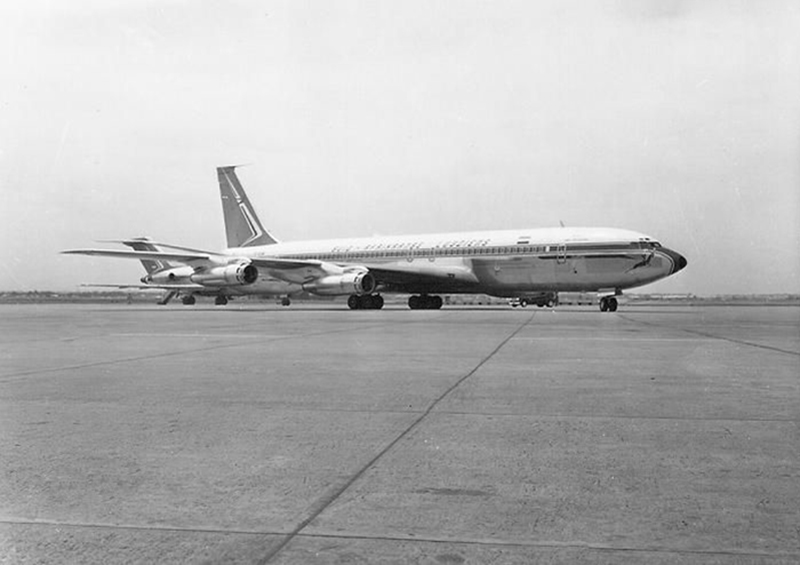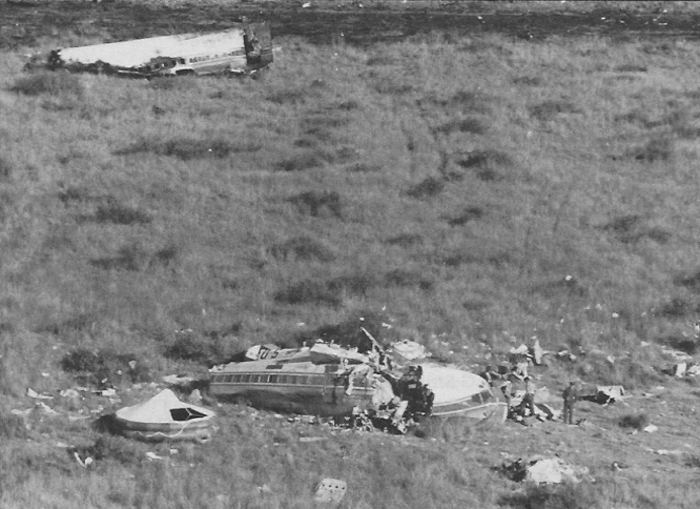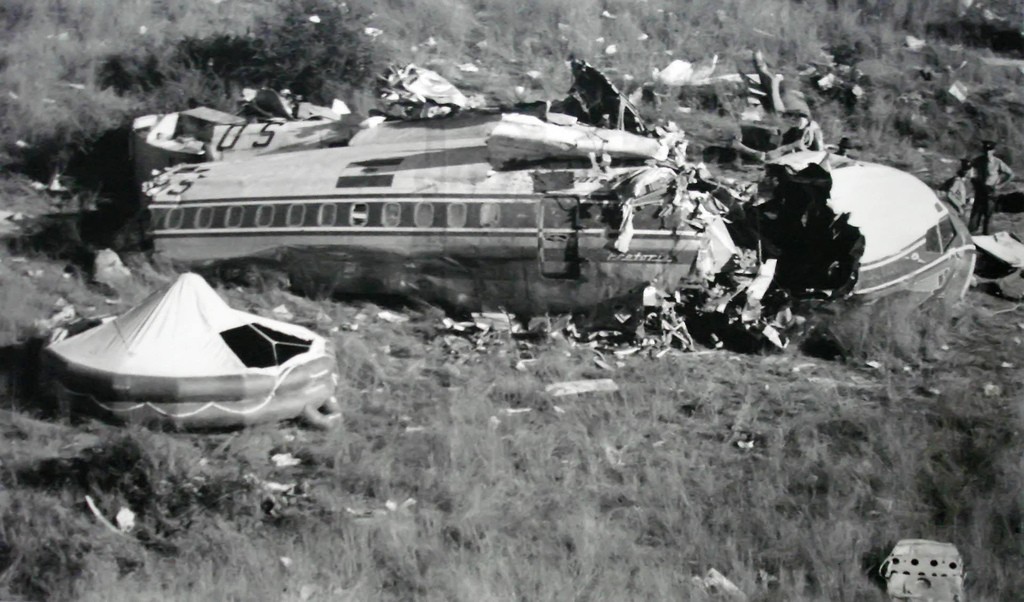Crash of a Piper PA-31-350 Navajo Chieftain in Johannesburg
Date & Time:
Oct 21, 1998 at 0310 LT
Registration:
ZS-NHM
Survivors:
Yes
Schedule:
Johannesburg - Windhoek
MSN:
31-8052035
YOM:
1980
Crew on board:
1
Crew fatalities:
Pax on board:
1
Pax fatalities:
Other fatalities:
Total fatalities:
0
Captain / Total hours on type:
350.00
Circumstances:
The aircraft was loaded with cargo intended for Namibia, early the morning of the accident. The pilot reported that the right-hand engine suffered a loss of power at the point where he rotated the aircraft for take-off. During the attempt to abort the take-off the aircraft skidded over the end of the runway and crashed down an embankment. The pilot and his passenger escaped with minor injuries, but the aircraft was subsequently destroyed by the post impact fire.
Probable cause:
During the investigation it was found that the aircraft was overloaded.
Final Report:


